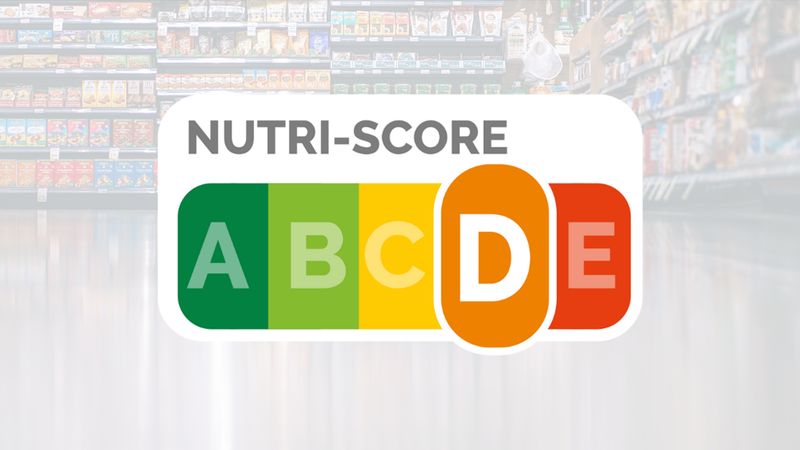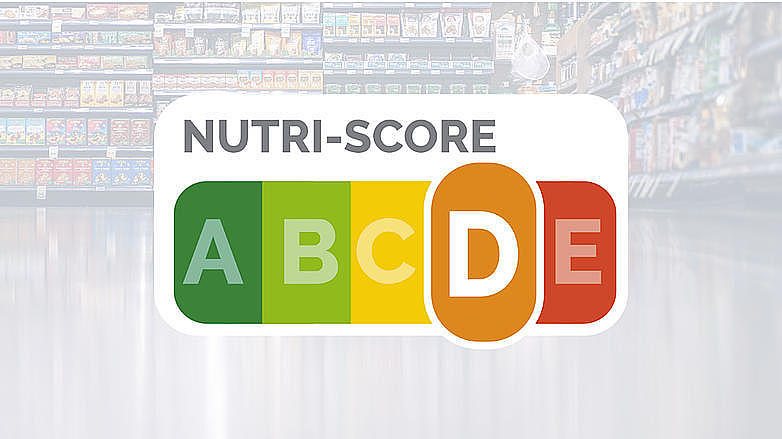France, Germany, Luxemburg, the Netherlands, Spain, Switzerland already have introduced it with success and consumers like Nutri-Score as nutritional label. In France, where the traffic-light label was introduced first in 2014, 94% of citizens support it. Despite this, junk food giants and their lobbyists are determined to undermine its introduction at European level, conducting intense disinformation campaigns on the subject. Their goal: to discredit the nutritional label in traffic light colours and prevent it from becoming mandatory in the European Union. But putting profits ahead of public health is not the way to make policy decisions!
foodwatch unpicks some of the common misconceptions about the Nutri-Score, a nutritional tool that makes junk food manufacturers struggle because it helps consumers make healthier choices more easily.
Our responses to misconceptions about Nutri-Score
In short, the story of the Nutri-Score is that of European agribusiness with no shortage of means, which uses fallacious arguments in order to discredit a nutritional labelling because it fears profit losses when consumers can easily assess healthy and unhealthy products in the supermarket. The traffic-light label however remains independent, scientifically developed and widely acclaimed by consumers. Nutri-Score is an important measure to combat the increase in chronic diseases such as metabolic syndrome and type 2 diabetes in Europe. It is one effective public health tool which has already proven its worth and must now become harmonised and mandatory across the European Union.

Why is Nutri-Score an opportunity for Europe?
To combat non-communicable diseases and help consumers make healthier food choices, Foodwatch is fighting to make Nutri-Score mandatory in Europe. What are the key takeaways?
